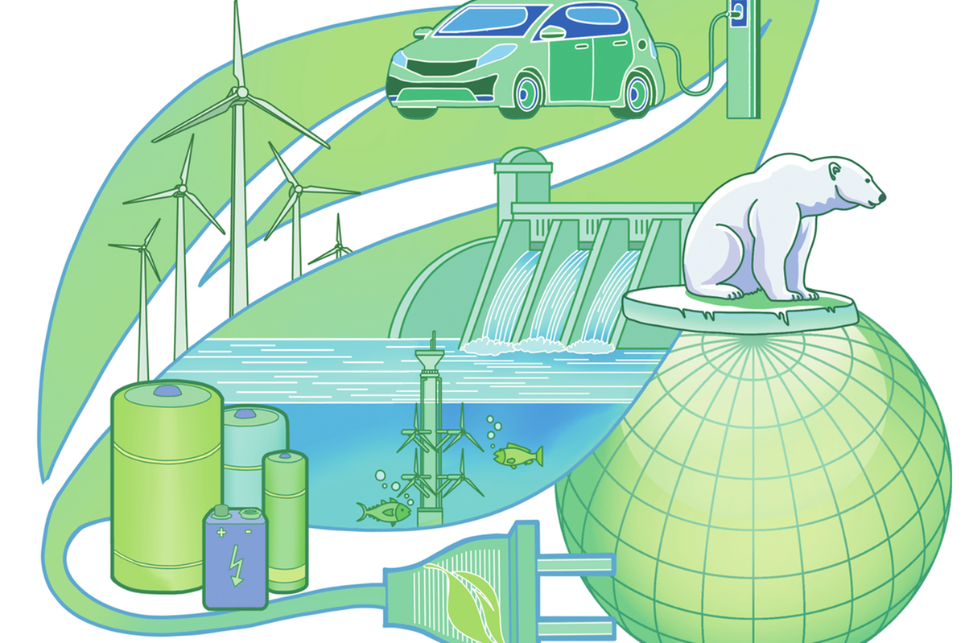Balance supply and demand to stimulate market potential


China has intensified efforts to tap the demand potential of the domestic market, contributing to the upgrading of household consumption, and the gradual formation of a unified domestic market.
However, while expanding domestic demand, the country still faces many challenges, such as the mismatch between supply and demand, the wide gap in income distribution and low efficiency of resource allocation.
Benign interaction between demand and supply is the most basic driving force behind economic development. In order to balance demand and supply and promote their positive interplay, China needs to adopt a scientific approach. Therefore, the country will integrate the implementation of the strategy of expanding domestic demand with the deepening of supply-side structural reform, pursue high-quality development, leverage its super-large market, and expand effective investment, to break the bottlenecks in economic development.
With a population of over 1.4 billion and a middle-income group of over 400 million, China has become the world's second largest consumer market. Last year, China's total retail sales of consumer goods reached 44.1 trillion yuan ($6.2 trillion), and consumption contributed 65.4 percent to GDP growth. To expand domestic demand, China must give full play to such a huge domestic market, strengthen the driving force of domestic demand for economic growth, and promote sustained recovery of consumption.
While striving to expand domestic demand, the country must attach great importance to effective investment. At present, a large number of major projects for the 14th Five-Year Plan period (2021-25) are being advanced at a faster speed.
Given that the problem that supply cannot meet changed demands will still exist for some time to come, China must make continuous efforts to promote innovations in science, technology and institutions, and work harder to remove supply constraints and blocking points, to meet and create demand with good, effective and self-reliant supply.
In particular, it needs to promote the transformation and upgrading of the real economy through technological innovation and improve supply quality to meet the needs of upgrading consumption, investment structure and production methods.

































